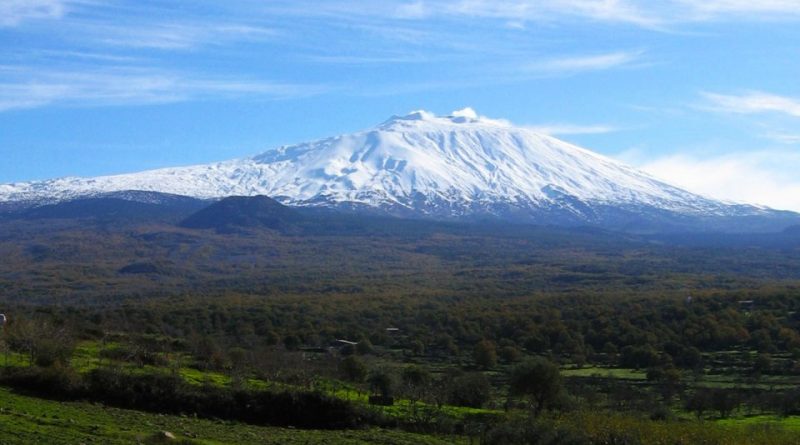Etna National Park
Etna National Park
The Etna Park was the first Sicilian park. It was established by Decree of the President of the Region of 17 March 1987. This is an area of approximately 59,000 hectares with the aim of protecting a unique natural environment, from which it is possible to admire the extraordinary landscape that surrounds the most active volcano. high in Europe, and to promote the sustainable development of populations and local communities.
Around the great volcano there is a unique and incomparable environment, full of sounds, scents and colors. The territory of the Etna Park, which extends from the peak of the volcano to the upper belt of the Etna countries, has been divided into four zones with different degrees of protection: zones A, B, C and D.
In the “integral reserve” area (zone “A”), nature is preserved in its entirety, limiting man’s intervention to a minimum; in the general reserve area (zone “B”), protection is combined with the development of traditional economic activities: it is characterized by small agricultural plots and is marked by splendid examples of old farmhouses, very significant examples of rural architecture; in the area of ”controlled development protection” (pre-Park) consisting of areas “C” and “D”, which is highly anthropized, economic development is pursued compatible with respect for the landscape and the environment.
The idea of establishing the Etna Park was born around the sixties among the inhabitants and mountain lovers. I spent a lot of time before the idea became reality; in 1981 the Sicilian Region established three Regional Parks and among these the Etna Park with the law n. 98 of May 1981, although it is necessary to arrive in March 1987 for the real constitution of the Etna Park.
The area, with the exclusion of the summit area of the volcano, where there is no vegetation due to frequent lava flows, is characterized by an autochthonous vegetation of absolute interest. Going down already around 2500 meters we can meet the saponaria (Saponaria sicula), the Sicilian astragalus (Astracantha sicula), the tansy (Tanacetum siculum), the chickweed (Cerastium tomentosum), the senecio (Senecio squalidus), the camomile of Etna (Anthemis aetnensis), the Etna rennet (Galium aetnicum), the romice (Rumex scutatus) and some moss and lichen. Going down again, around 2000 meters you can meet, on some slopes, the loricato pine, the Etna birch and the beech and even lower down also chestnut and olive. Characteristic is then the broom of Etna that with its yellow flowers creates, during the flowering period, a chromaticism, which together with the black of the volcanic lava, is unique in the world.
Going further down the anthropic action has shaped this landscape; in the hilly area of the slopes meet the vineyards of Nerello, from which the Etna DOC wine of the foothills area is produced. On the west side of the volcano, between 600 and 850 meters, we find the pistachios of Bronte and Adrano and Maletto strawberries. These are typical and unique products due to the climatic and pedological conditions of the area which have generated unique agricultural and cultural variability. Other typical agricultural productions are those of pears of various types and peaches, among which stands out among all the “snuffbox of Etna”, the Red Cherry of Etna (in the Municipalities of Milo, Sant’Alfio, Mascali and Giarre), nuts / peanuts of higher altitude (in the Municipalities of Sant’Alfio, Milo, Piedimonte Etneo.
Unfortunately, the indiscriminate anthropic action has caused the disappearance of animals such as wolves, wild boar, fallow deer and roe deer. Despite this, the porcupine, the fox, the wild cat, the marten, the rabbit, the hare and, among the smallest animals, the weasel, the hedgehog, the dormouse, the dormouse and various species of mouse, still live on the volcano. bat and snake.
Among the places instead of geological interest we remember the Grotto of the three levels: which is the longest running cave on Etna and among the largest in the world and the ditches of Valle del Bove that make up what remains of the extinct volcano called Trifoglietto.
Twenty municipalities (Adrano, Belpasso, Biancavilla, Bronte, Castiglione di Sicilia, Giarre, Linguaglossa, Maletto, Mascali, Milo, Nicolosi, Pedara, Piedimonte Etneo, Ragalna, Randazzo, Santa Maria di Licodia, Sant’Alfio) fall into the territory of the Park. Trecastagni, Viagrande, Zafferana Etnea), with a population of about 250,000 inhabitants.
Guido Bissanti


